|
A palace is a grand residence, especially a royal
residence or the home of a head of state or some other high-ranking
dignitary, also homes of kings and emperors. These splendid palaces are
among the Most Famous Monuments in the World. These amazing monuments
were once the homes of kings and emperors, now popular tourist
attractions. Here is a list of top 10 most beautiful palaces in the
world.
|
|
Pena National Palace
The Pena National Palace is a Romanticist palace in Portugal,
Built in 1842 by King Ferdinand II. The palace was constructed on the
ruins of a monastery severely damaged in the Great Lisbon Earthquake of
1755. Today, with it original colors of red and yellow restored, the
Pena National Palace is one of Portugal’s most visited monuments. |
|
 |
|
Mysore Palace
Also known as Amba Vilas Palace, is a palace situated in the city of
Mysore in southern India. It is the official residence of the Wodeyars –
the erstwhile royal family of Mysore, and also houses two durbar halls
(ceremonial meeting hall of the royal court). Mysore is commonly
described as the City of Palaces, Mysore in India has a number of
historic palaces of which Mysore Palace is the most famous one. Mysore
palace is now one of the most famous tourist attractions in India after
Taj Mahal with more than 2.7 million visitors. |
|

|
|
Schönbrunn Palace
One of the most important cultural monuments in the country, since the
1960s it has been one of the major tourist attractions in Vienna.
Schönbrunn Palace is a former imperial 1,441-room Rococo summer
residence in modern Vienna, Austria. The palace was built between 1696
and 1712 at the request of Emperor Leopold I. The Palace Park offers a
lot of attractions, such as the Privy Garden, the oldest zoo in the
world, a maze and labyrinth, and the Gloriette (a marble summerhouse)
situated on top of a 60 meter high hill. |
|
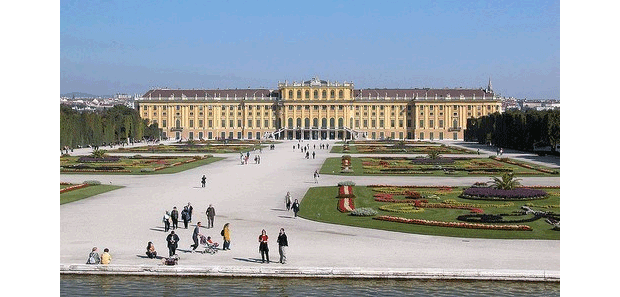
|
|
Summer Palace
The Summer Palace is a palace in Beijing, China. The Summer Palace
is mainly dominated by Longevity Hill and the Kunming Lake. It covers an
expanse of 2.9 square kilometres, three quarters of which is water. This
place was used as a summer residence by China’s imperial rulers – as a
retreat from the ‘Forbidden City’. The gardens were substantially
extended in 1750, reproducing the styles of various palaces and gardens
from around China. Kunming Lake was extended to imitate the West Lake in
HangZhou. |
|
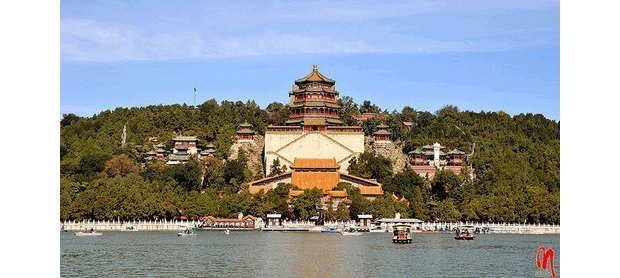 |
|
Palace of Versailles
The Palace of Versailles is a royal château in Versailles in the
Île-de-France region of France. Versailles was originally a hunting
lodge, built in 1624 by Louis XIII. When the château was built,
Versailles was a country village; today, however, it is a wealthy suburb
of Paris, some 20 kilometres southwest of the French capital.
|
|
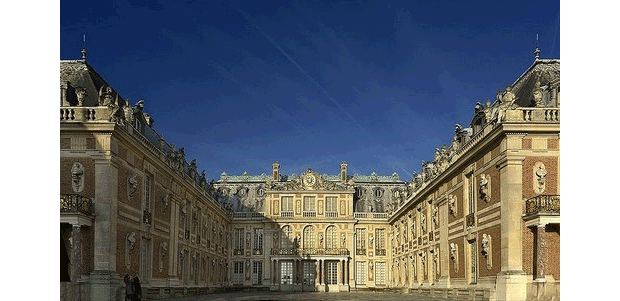 |
|
Château de Chambord
The royal Château de Chambord at Chambord, Loir-et-Cher, France, is one
of the most recognizable châteaux in the world because of its very
distinct French Renaissance architecture which blends traditional French
medieval forms with classical Renaissance structures. The building was
constructed by King François I.
|
|
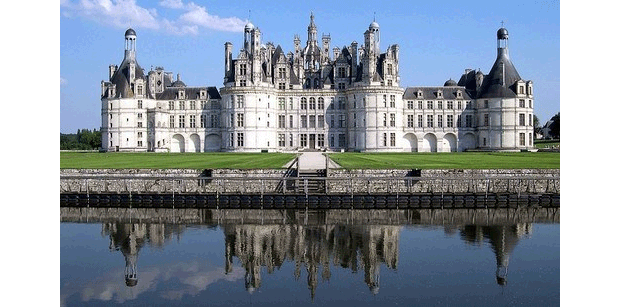 |
|
Buckingham Palace
Originally known as Buckingham House is the official London residence
and principal workplace of the British monarch. Located in the City of
Westminster, the palace is a setting for state occasions and royal
hospitality. It has been a focus for the British people at times of
national rejoicing and crisis.
|
|
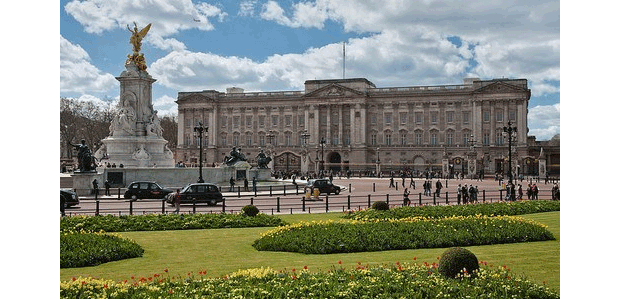 |
|
Alhambra
Alhambra is a palace and fortress complex located in Granada, Andalusia,
Spain. It was originally constructed as a fortress in 889, and was
converted into a royal palace in 1333 by Yusuf I, Sultan of Granada. The
Alhambra’s Islamic palaces were built for the last Muslim Emirs in Spain
and its court, of the Nasrid dynasty. After the reconquest by the Reyes
Católicos in 1492, some portions were used by the Christian rulers. The
Alhambra is now one of Spain’s major tourist attractions and many
visitors come to Granada just to see the Alhambra.
|
|
 |
|
Potala Palace
The Potala Palace is located in Lhasa, Tibet Autonomous Region, China.
Situated on Marpo Ri hill, 130 meters above the Lhasa valley, the Potala
Palace rises a further 170 meters and is the greatest monumental
structure in all of Tibet. Although a palace was already built here in
the 7th century the construction of the present palace began in 1645
during the reign of the fifth Dalai Lama and by 1648 the Potrang Karpo,
or White Palace, was completed. The Potrang Marpo, or Red Palace, was
added between 1690 and 1694. The Potala Palace remained the residence of
the Dalai Lama until the 14th Dalai Lama fled to India, after the
Chinese invasion in 1959.
|
|
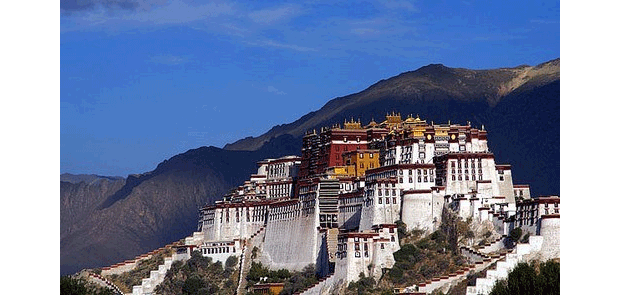 |
|
Forbidden City
Built in 1406 to 1420, The Forbidden City was the Chinese imperial
palace from the Ming Dynasty to the end of the Qing Dynasty. It is
located in the middle of Beijing, China, and now houses the Palace
Museum. For almost 500 years, it served as the home of emperors and
their households, as well as the ceremonial and political center of
Chinese government. The complex consists of 980 buildings and covers
720,000 Squar meter.The palace complex exemplifies traditional Chinese
palatial architecture and has influenced cultural and architectural
developments in East Asia and elsewhere.
|
|
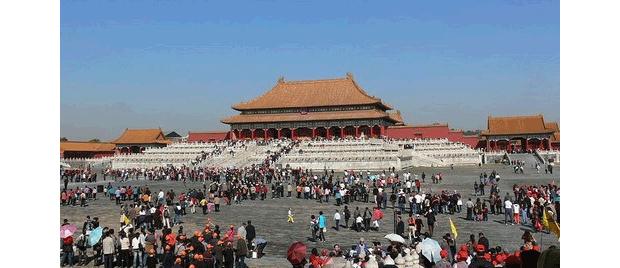 |